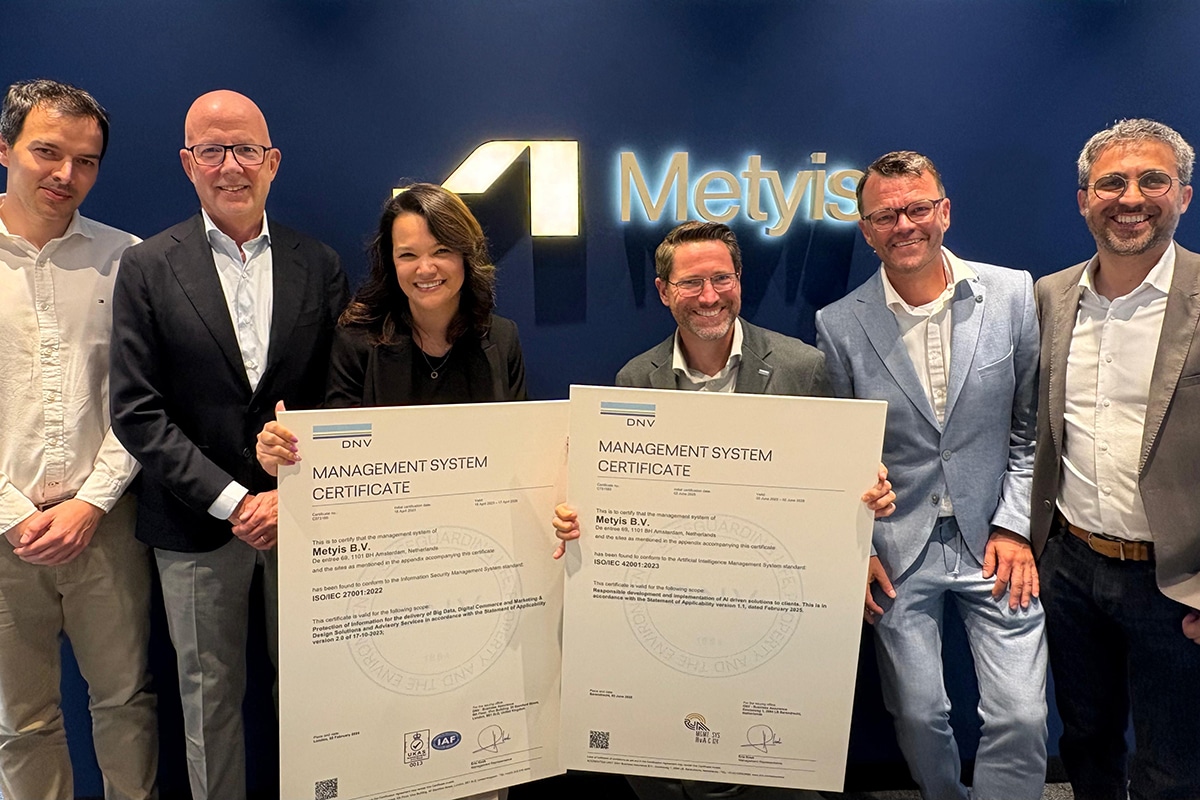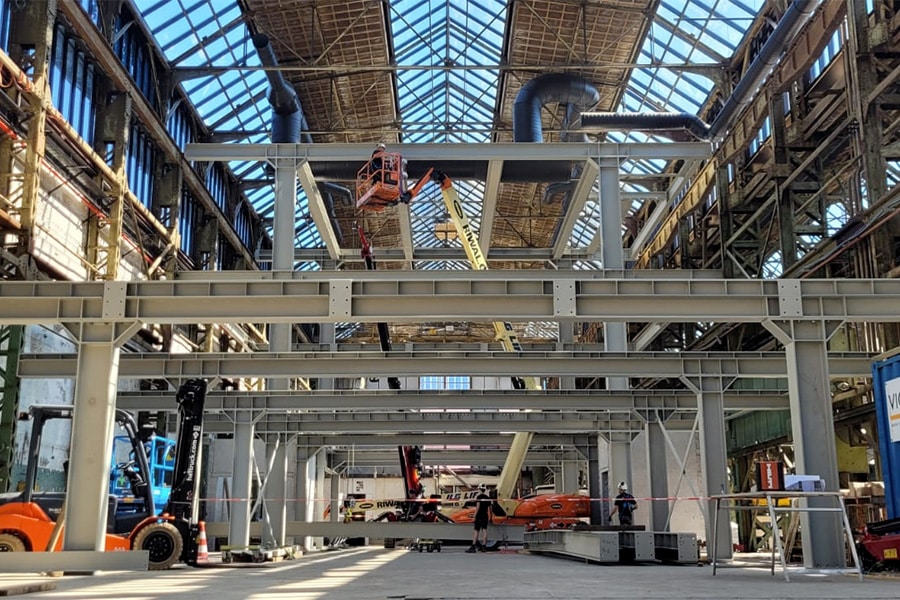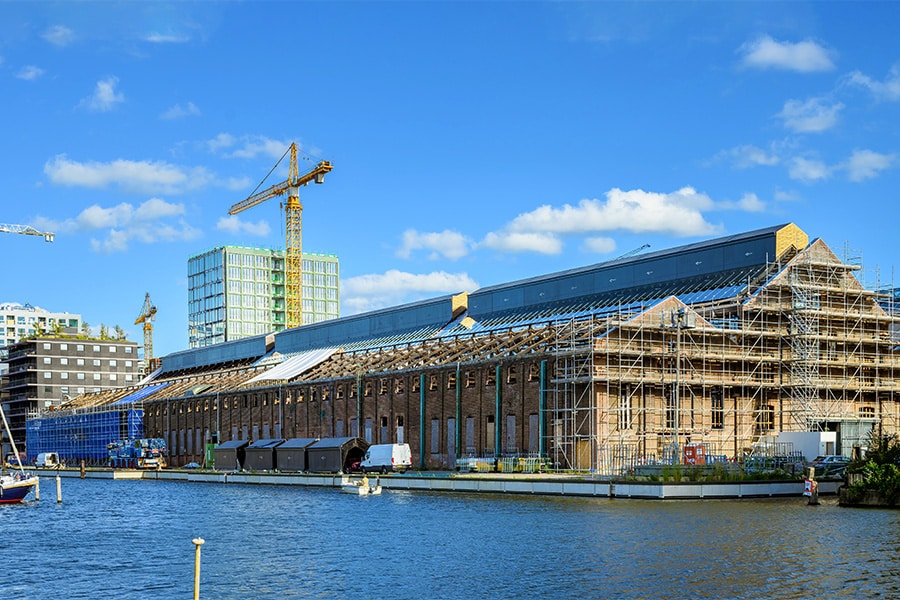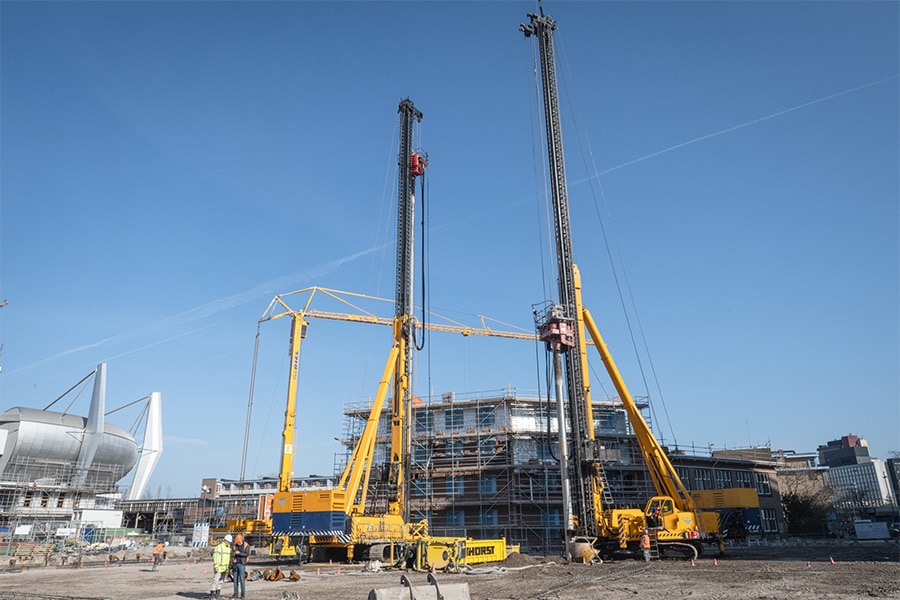
Widening Schiphol Bridge: Precision drilling and bonding between parabolic tension reinforcement
On behalf of Rijkswaterstaat, construction consortium VeenIX is widening the A9 between Badhoevedorp and Holendrecht. The route includes various engineering structures, including the Schiphol Bridge, which is being widened on both sides. In order to anchor the new sections to the existing structure, anchors up to 180 centimeters deep are being drilled into the existing structure, right along the parabolic tension reinforcement. For this, VeenIX relies on the unique newly developed concept of Interboor Midsland and TerraCarta.

The A9 will be widened over a length of 11 kilometers from 2×3 to 2×4 lanes plus a changing lane. "On the east side a number of engineering structures will be widened and newly constructed, in the middle section the road will be deepened through Amstelveen's city center, and on the west side two more engineering structures will be tackled, of which the Schiphol Bridge is by far the most challenging," says Tewis van den Brink, project coordinator on behalf of VeenIX. "The Schiphol Bridge consists of two bridges, each with a steel trap over the Ringvaart canal. The existing structure will be retained and widened, by as much as 7 meters on one side and 12 meters on the other." So much for the theory.

Drilling with warranty
The Schiphol Bridge is a prestressed bridge. Reinforcement is needed to constructively connect the new sections to the existing structure. To this end, many thousands of cuttings are drilled in and glued. "However, the cuttings are so long that they come into the prestressing zone of the existing bridge," Van den Brink explains. "And if there's one thing you don't want, it's to pierce the parabolic tension reinforcement. After all, then we no longer have a bridge. We did have drawings of the prestressing reinforcement in the bridge, but in order to prevent it from being slightly different in practice than originally planned, it was necessary to scan the entire bridge. We then searched the market for a party that could map the reinforcement exactly and drill the cuttings. This is how we ended up at Interboor Midsland and TerraCarta. They have so much experience in the past with scanning and drilling, and they were the only party who could guarantee that they would not touch any pre-tensioning strands. All other parties did not dare to take that risk.

Team of scanning and drilling specialists
Locating the tension reinforcement and drilling the anchors seems like a piece of cake, but it is anything but, assures Onno Dikkerboom of Interboor Midsland. "It's an advanced concept that we have continued to develop over the past five years and which is unique in the world, we believe. Using our developed method, we look right through the concrete. Through our method, we can detect the fine-grained reinforcement and obstacles at a detailed level and, in this case, get a nice picture of the main reinforcement. And so, using a 3D wire model, we visualize what is happening in the bridge."
The 3D wire model supplied by TerraCarta and Interboor Midsland is laid over the new borings for clash detection in consultation with the structural engineer. In the "field," a team of scanning and drilling specialists work together to drill and bond the anchors into the structure with great accuracy, right up against the existing reinforcement. "And that drilling listens very closely," knows Mark Baar, foreman at Interboor Midsland. "We only had a few centimeters of margin with drilling. If you are already 1 degree off at the front, then you really do have a problem at 180 centimeters deep."

Deep bow
Meanwhile, the nearly 4,500 cuttings have been diamond drilled and bonded. "The process went well, no prestressing strands were touched," says Baar, who is justifiably proud of the result achieved. "It was hard work, we worked a lot at night, through all kinds of weather, too." Van den Brink also looks back with satisfaction, saying, "It is quite an art to drill within the narrow tolerances for a straight work of art, let alone the Schiphol Bridge, which is in a cant and in a radius. What has been done here is truly amazing." Dikkerboom concludes, "A deep bow to Mark and our men outside, who drilled and glued the many kilometers of cuttings accurately, completely and on time according to BRL 0509 regulations under great time constraints." Dikkerboom foresees huge potential for this new technique in infrastructure. "The potential for strengthening the structural safety of structures and objects is enormous. Also abroad, where a collapsed bridge or viaduct unfortunately regularly makes the news. Thanks to our 360-degree approach methodology and precision drilling technique plus some additional developments (the blacksmith's secret, ed.) we dare to guarantee with almost 100% certainty that we will not touch the existing reinforcement."
Heeft u vragen over dit artikel, project of product?
Neem dan rechtstreeks contact op met Interboor Midsland.
 Contact opnemen
Contact opnemen



